very strange times (rambling...and not roses)
User
10 years ago
Related Stories

WINTER GARDENINGPruning Secrets for Exquisite Roses
Encourage gorgeous blooms year after year with this time-tested advice on how to prune your rosebush in winter for health and shape
Full Story
GARDENING GUIDES6 Captivating Roses for an Alluringly Fragrant Garden
Perfume your garden with aromas from richly spicy to lightly sweet, without sacrificing an inch of color
Full Story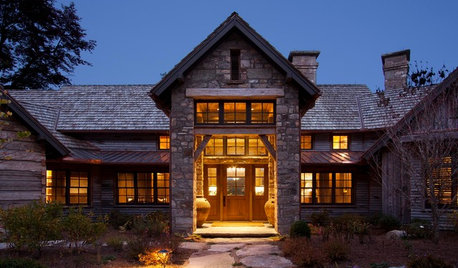
RUSTIC STYLEOld Southern Highlands Style for a New North Carolina Retreat
Antique woods add a sense of history to a gracious part-time home in the Blue Ridge Mountains
Full Story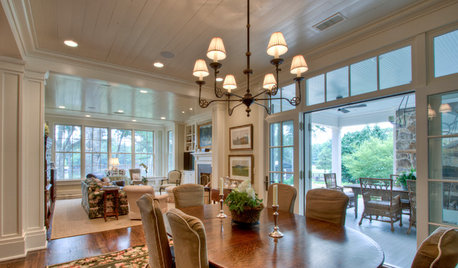
HOUZZ TOURSHouzz Tour: Refined Casual Style for a Gracious Farmhouse
Once a rustic weekend cabin, this spacious Georgia home now comfortably accommodates the owners and their guests full-time
Full Story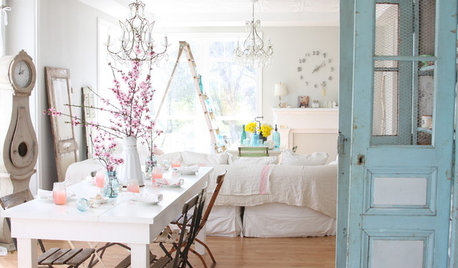
COLORS OF THE YEARPantone Has Spoken: Rosy and Serene Are In for 2016
For the first time, the company chooses two hues as co-colors of the year
Full Story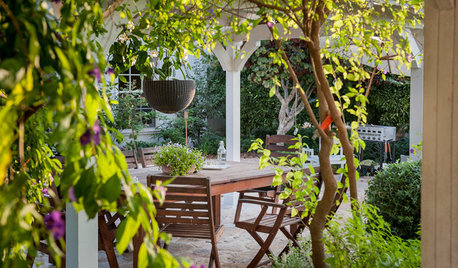
MOST POPULARUnwind With 30 Gorgeous Garden Retreats
Houzz users share their favorite spots for relaxing, meditating and spending time with family and friends
Full Story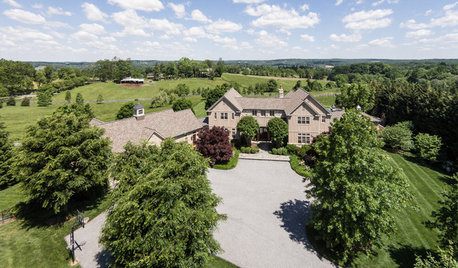
HOME TECHThe Inevitable Future of Drones Around Your Home
As Google joins the push for airborne deliveries, it seems only a matter of time before neighborhoods are buzzing with drones. Is that OK?
Full Story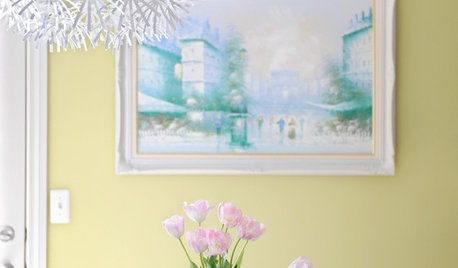
HOUSEKEEPINGTo-Dos: Your March Home Checklist
It’s time to rid yourself of winter’s heaviness and set up for spring
Full Story
GARDENING GUIDESNew Ways to Think About All That Mulch in the Garden
Before you go making a mountain out of a mulch hill, learn the facts about what your plants and soil really want
Full Story
FUN HOUZZMad for Miniatures? Show Us Your Dollhouse
It seems just about everyone loves to see a smartly outfitted miniature house. Check out these amazing examples, then show us your own!
Full Story





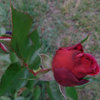
strawchicago z5
catspa_NoCA_Z9_Sunset14
Related Discussions
Strange sport coming from rose bush.
Q
Very Strange Markings on leaves...
Q
Very Strange- Can you make a Venus Fly Trap into a boutonniere?
Q
My abraham darby rose tree infected by strange things
Q
catsrose
ms. violet grey
melissa_thefarm
Kippy
kittymoonbeam
kittymoonbeam
rathersmallbunny
fogrose
mendocino_rose
peachymomo
jacqueline9CA
strawchicago z5
cemeteryrose
strawchicago z5
catspa_NoCA_Z9_Sunset14
strawchicago z5
UserOriginal Author
ingrid_vc so. CA zone 9
mariannese
cath41
lori_elf z6b MD
jeannie2009
zeffyrose
kittymoonbeam
UserOriginal Author
caldonbeck
UserOriginal Author
melissa_thefarm
UserOriginal Author
mariannese
catspa_NoCA_Z9_Sunset14
UserOriginal Author
cath41
cath41
cath41
cath41
cath41
kittymoonbeam
UserOriginal Author
mariannese
minflick
annesfbay
Kippy
catspa_NoCA_Z9_Sunset14
annesfbay